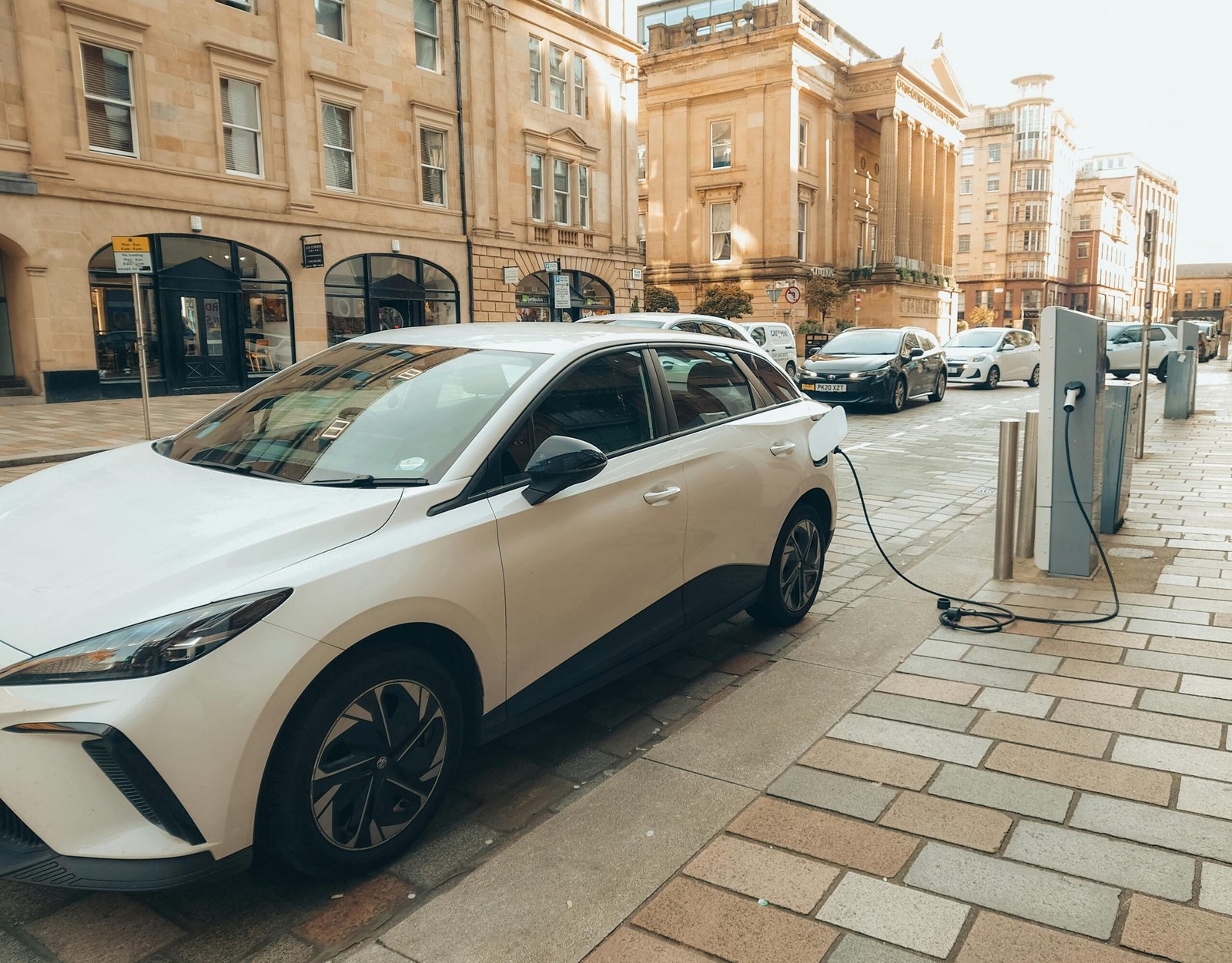When financing a car, the interest rate on your loan can have a significant impact on the overall cost of the vehicle. Even a small difference in your interest rate can lead to substantial savings over the life of the loan. Fortunately, there are several strategies you can use to secure a lower interest rate and save money.
In this guide, we’ll explore effective tips for saving on car loan interest rates, so you can make the most of your financing options and keep your car purchase affordable.
1. Check and Improve Your Credit Score
Your credit score plays a major role in determining the interest rate you’ll be offered on your car loan. Generally, the higher your credit score, the lower your interest rate will be. Lenders see individuals with higher credit scores as less risky, which often translates into better loan terms.
How to Improve Your Credit Score:
- Pay your bills on time: Consistently making payments on time can boost your credit score.
- Reduce credit card balances: Lowering your credit card debt can improve your credit utilization ratio, which positively impacts your score.
- Dispute inaccuracies: If there are any errors on your credit report, dispute them to have them corrected.
Tip: Start improving your credit score at least 6 months before applying for a car loan to secure the best possible rate.
2. Shop Around for the Best Rate
One of the easiest ways to save on interest is by comparing car loan rates from multiple lenders. Different banks, credit unions, and online lenders offer varying rates, so it’s crucial to shop around to find the best deal.
How to Compare Rates:
- Use online tools: Many websites allow you to compare car loan rates across different lenders.
- Check with local banks and credit unions: Sometimes, smaller institutions offer more competitive rates than larger banks.
- Get pre-approved: Pre-approval can give you a better idea of the rates available to you, helping you negotiate better terms.
Tip: Even small differences in interest rates can add up over time, so be diligent about finding the lowest rate possible.
3. Consider a Shorter Loan Term
While longer loan terms (like 72 or 84 months) might seem appealing due to lower monthly payments, they typically come with higher interest rates. Opting for a shorter loan term can help you secure a lower interest rate and save on the total cost of the loan.
How a Shorter Loan Term Helps:
- Lower interest rates: Lenders often offer lower rates for shorter terms because they are less risky.
- Faster equity build-up: With a shorter loan term, you’ll pay off the car faster and build equity more quickly.
- Less interest paid overall: Although your monthly payment will be higher, you’ll pay less interest over the life of the loan.
Tip: If you can afford the higher monthly payments, a shorter loan term can save you thousands in interest over time.
4. Make a Larger Down Payment
A larger down payment can lower the total amount you need to borrow, which in turn reduces the interest you’ll pay. By putting more money down upfront, you may also be able to secure a better interest rate.
How a Larger Down Payment Helps:
- Lower loan-to-value (LTV) ratio: A higher down payment reduces your LTV ratio, which makes you a less risky borrower.
- Better loan terms: Lenders may offer you better terms if you show you can make a larger upfront investment.
Tip: Try to put down at least 20% of the car’s purchase price to reduce the loan amount and improve your chances of getting a lower interest rate.
5. Choose a New or Certified Pre-Owned Car
In general, new cars and certified pre-owned (CPO) cars come with lower interest rates than used vehicles. Lenders view new and CPO cars as less risky because they are worth more and have a longer lifespan, meaning they retain value better over time.
Why New or CPO Cars Have Better Rates:
- Higher value and reliability: New and CPO cars are seen as less likely to experience significant depreciation or mechanical issues.
- Manufacturer financing deals: Many automakers offer promotional financing deals on new cars that come with low or 0% APR.
Tip: If you’re considering a used car, be sure to check whether it qualifies for any special financing offers that may help reduce your interest rate.
6. Opt for Automatic Payments
Some lenders offer a discount on your interest rate if you set up automatic payments. This is because automatic payments reduce the risk of missed payments, which makes you a more reliable borrower in the eyes of the lender.
How Automatic Payments Help:
- Interest rate discount: Some lenders offer a small reduction in your rate for enrolling in automatic payments.
- Avoid missed payments: Setting up automatic payments ensures you never miss a payment, which helps protect your credit score.
Tip: If your lender offers an automatic payment discount, take advantage of it to save on interest.
7. Negotiate with the Dealer
While dealerships may not be the primary source of your financing, they can still play a role in securing a lower interest rate. Many dealerships offer financing options through their own networks or in collaboration with specific lenders.
How to Negotiate:
- Get pre-approved: Secure pre-approval from a bank or credit union before you visit the dealership, so you can compare the dealership’s financing offer with your pre-approved loan.
- Leverage offers: If the dealership offers financing through a manufacturer or partner bank, see if you can negotiate a lower rate or a better term.
Tip: Be prepared to walk away if the financing terms aren’t favorable. Having alternative financing options can give you leverage during negotiations.
8. Look for Special Discounts and Promotions
Occasionally, car manufacturers and lenders offer special promotions, including reduced interest rates or cash rebates, to help drive sales. These offers can be particularly valuable if you’re looking to save money on interest.
How to Take Advantage of Promotions:
- Manufacturer promotions: Check for any financing deals from automakers that include 0% APR or low-interest loans.
- Dealer rebates: Some dealerships offer cash rebates that can help offset the total cost of the loan.
Tip: Keep an eye on seasonal promotions, such as end-of-year sales or holiday discounts, when dealerships often offer great financing terms.
9. Consider Refinancing Later
If you can’t secure the best interest rate initially, you may be able to refinance your car loan later when your financial situation improves or your credit score increases. Refinancing allows you to secure a better rate and reduce your monthly payments.
How Refinancing Helps:
- Lower interest rates: As your credit score improves or market rates decrease, refinancing can help you secure a better rate.
- Reduce monthly payments: If you refinance to a longer loan term, you can lower your monthly payment, though this may increase the overall interest cost.
Tip: Look into refinancing after 6 to 12 months of consistent payments to ensure the best terms.
10. Understand the Total Loan Cost
Before committing to a loan, make sure you understand the total cost of the loan, including the interest you will pay over its lifetime. While a lower monthly payment might seem appealing, it could result in paying more in interest over the long term.
How to Calculate Total Loan Cost:
- APR vs. Interest Rate: Understand the difference between the annual percentage rate (APR) and the interest rate, as APR includes both interest and any associated fees.
- Loan term: A longer loan term may come with a lower monthly payment but can result in paying more interest overall.
Tip: Use an online loan calculator to compare different loan terms and understand the total cost before committing.
Conclusion: Saving on Car Loan Interest Rates
Getting a low interest rate on your car loan doesn’t have to be a challenge. By following these tips—improving your credit score, shopping around for the best rate, making a larger down payment, and considering shorter loan terms—you can secure a more affordable financing option and save money over the life of your loan.
With careful planning and the right strategies, you’ll not only get the car you want but also avoid paying excessive interest. Take your time, do your research, and watch your savings grow!
5 Unique FAQs
- What is the best way to improve my credit score for a car loan?
The best way to improve your credit score is by paying your bills on time, reducing your credit card balances, and checking your credit report for any errors. - Should I go through the dealership for financing or get a loan from my bank?
It’s often best to get pre-approved from a bank or credit union to compare rates before considering dealership financing. - How much should I put down on a car to lower my interest rate?
A larger down payment, typically around 20%, can help lower the loan amount and may improve your chances of securing a better interest rate. - Can I refinance my car loan to get a lower rate?
Yes, refinancing is an option once your credit score improves or if market interest rates decrease. Refinancing can help you secure a lower interest rate and reduce monthly payments. - What’s the difference between APR and the interest rate on a car loan?
The interest rate is the cost of borrowing the money, while APR includes both the interest rate and any additional fees, giving you a clearer picture of the total loan cost.





